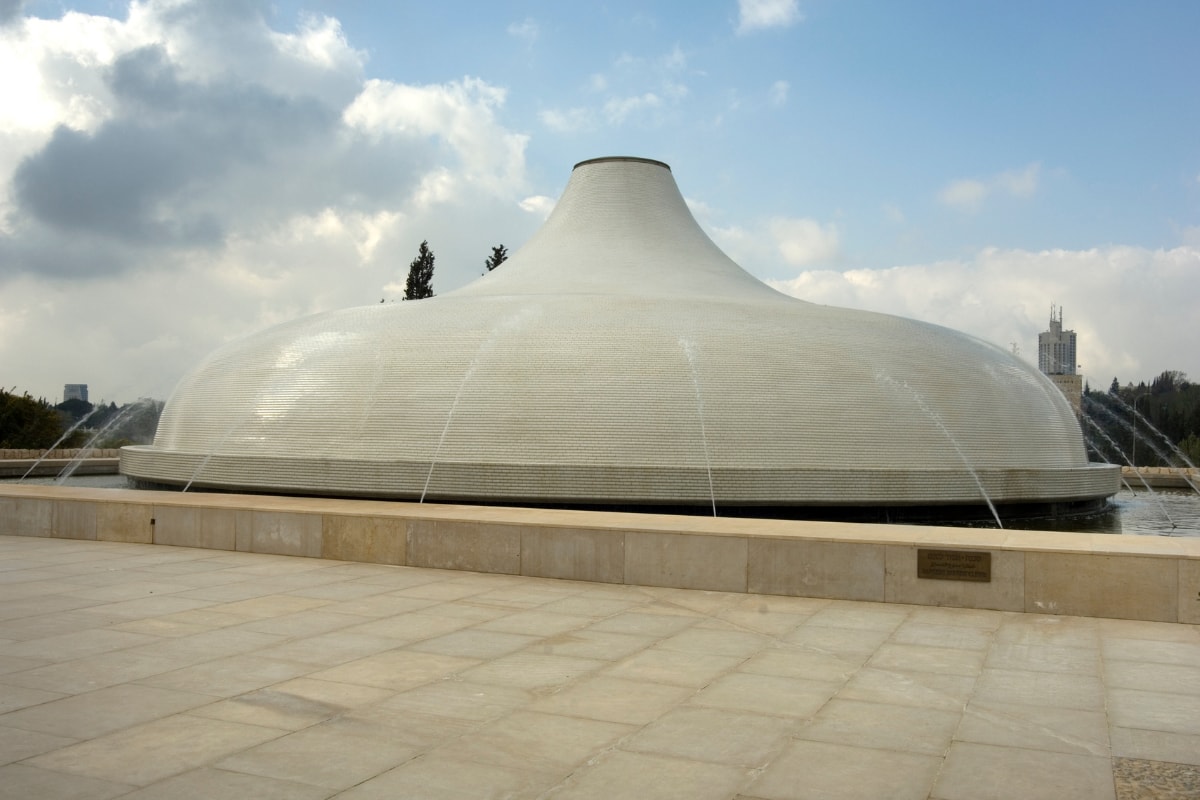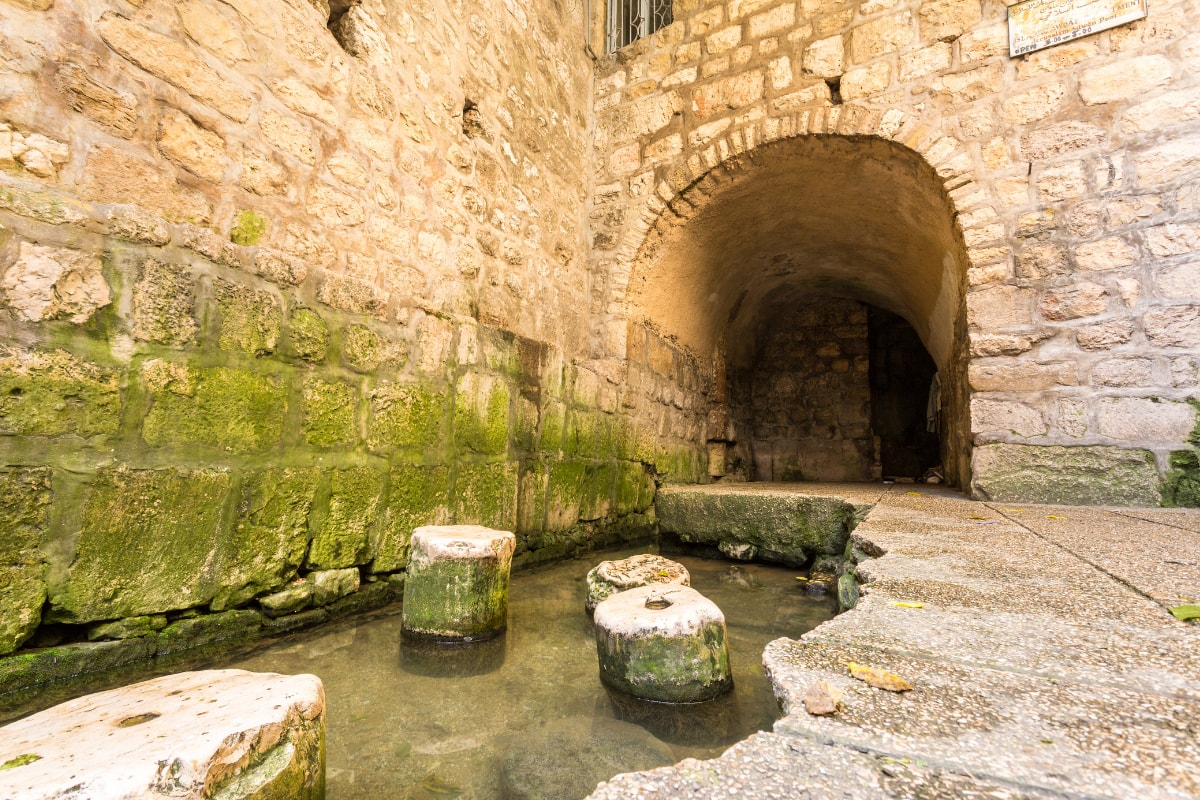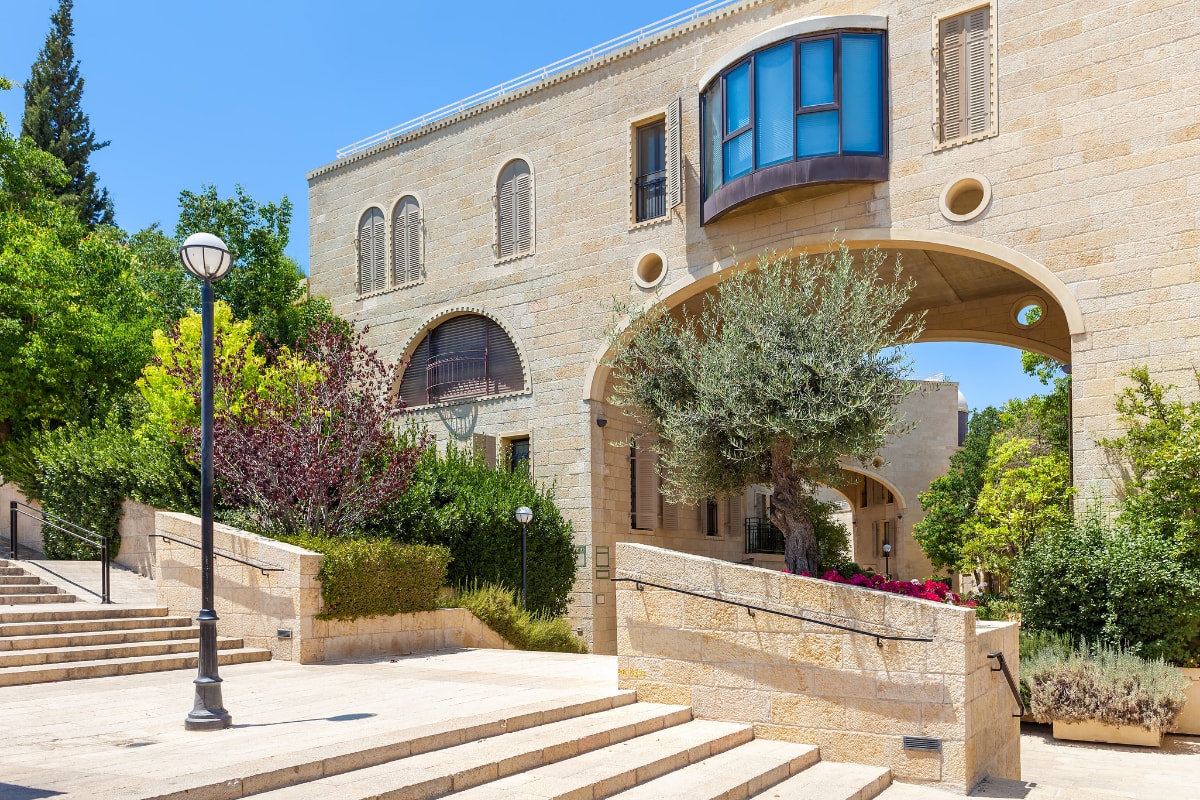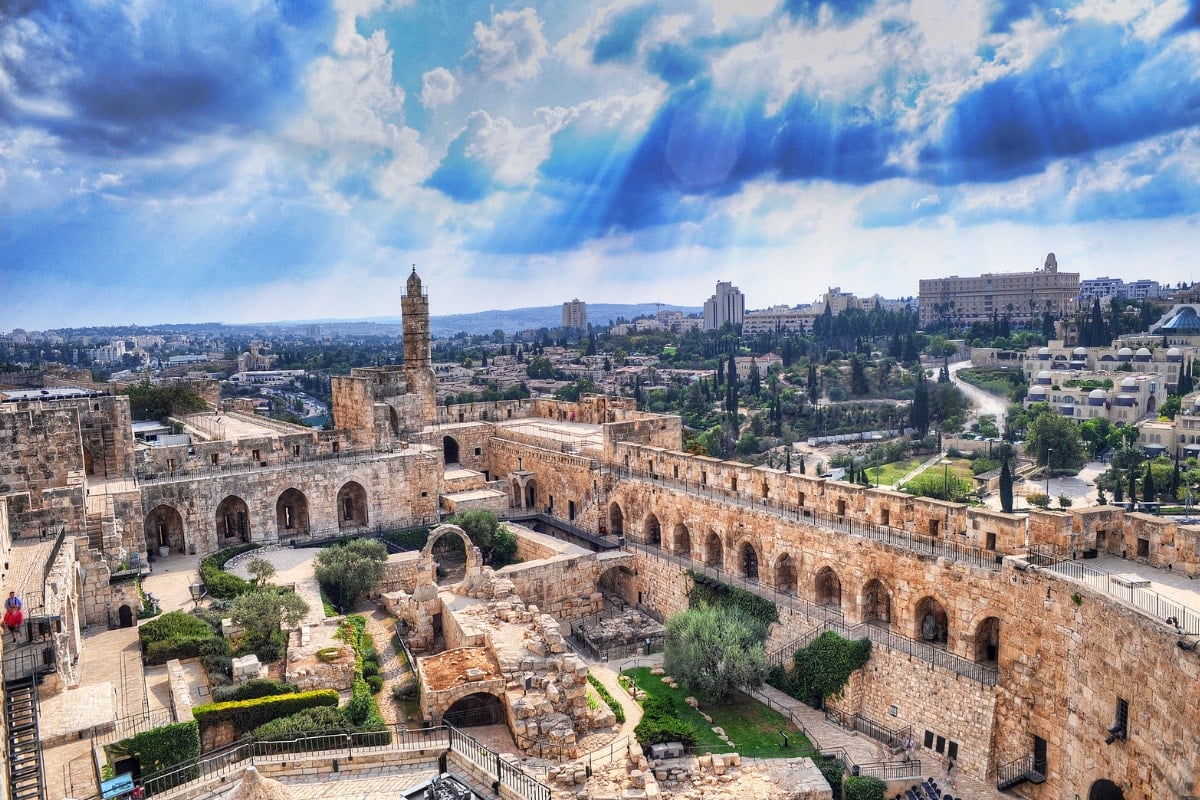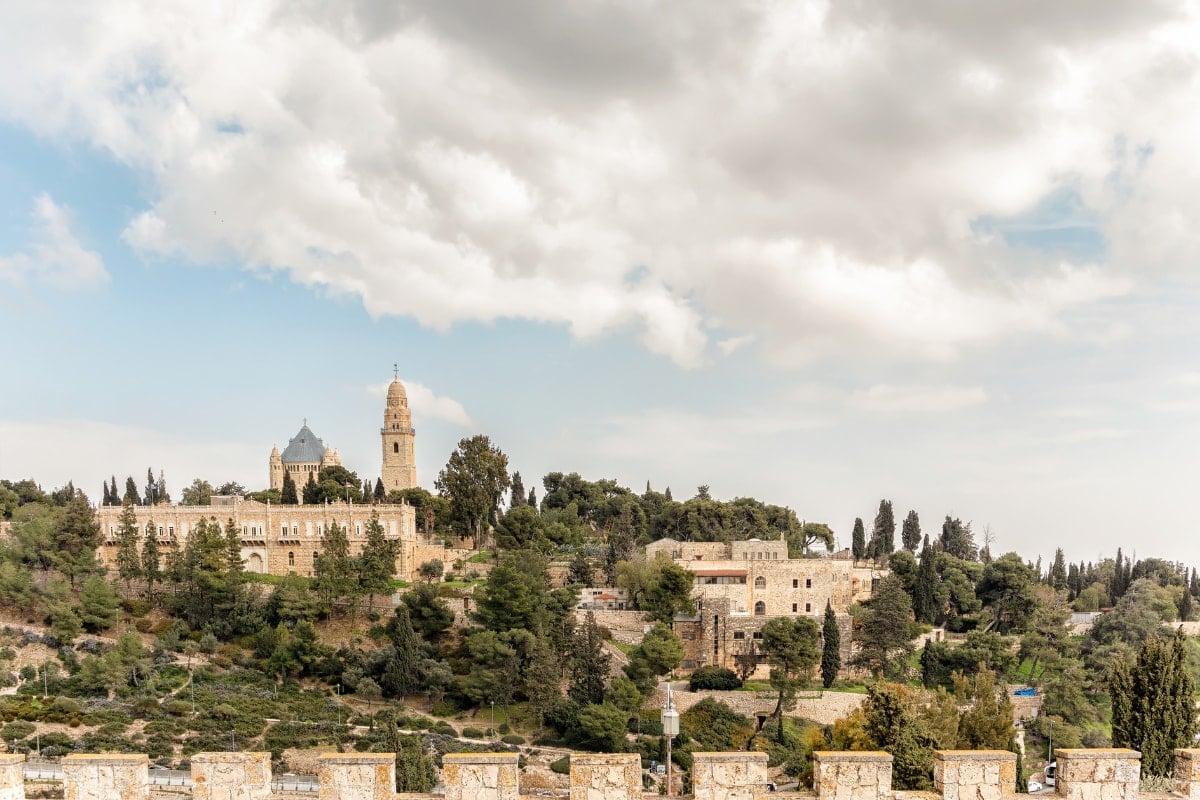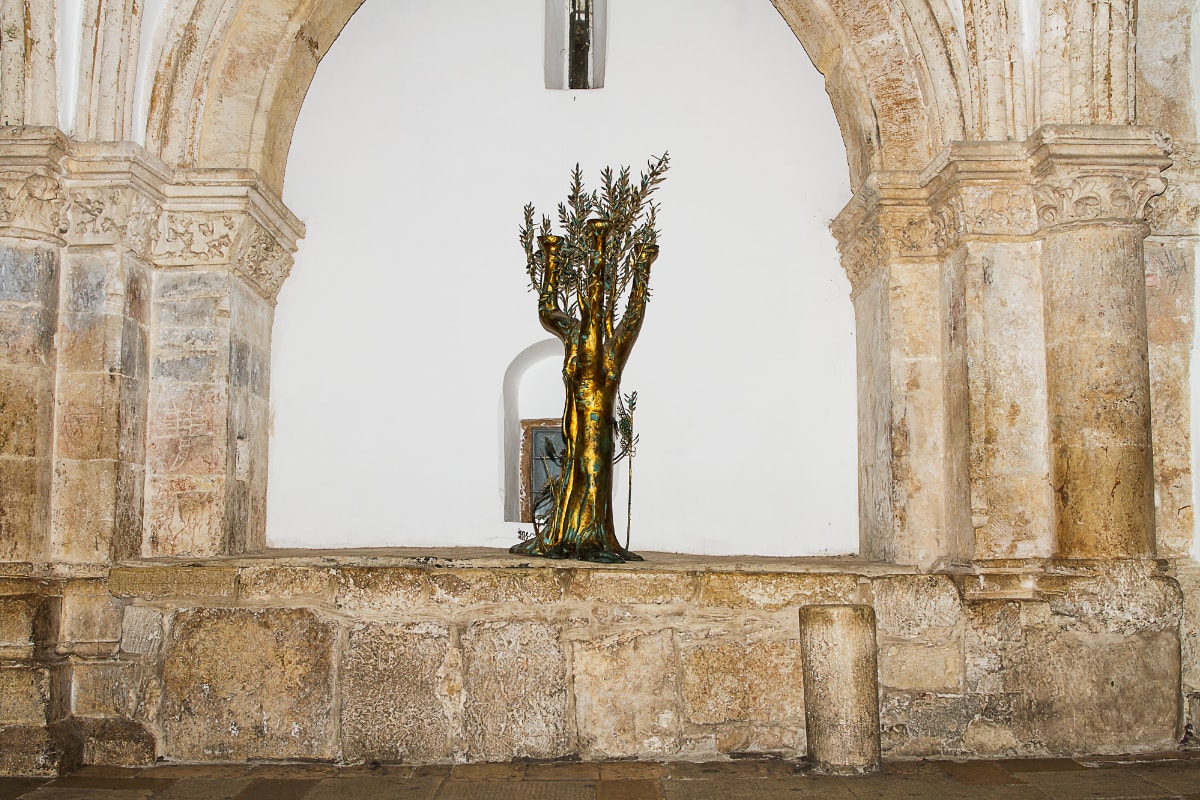The Shrine of the Book is a wing in the Israel Museum near Givat Ram in Jerusalem. It houses the Dead Sea Scrolls, which were discovered in 11 caves in and around the Wadi Qumran in 1947–1956. The shrine was initially intended to be built on the Givat Ram campus of the Hebrew University, adjoining the National Library. An elaborate seven-year plan led to the building’s construction in 1965, funded by the family of David Samuel Gottesman, the Hungarian émigré and philanthropist, who had purchased the scrolls as a gift to the State of Israel.
One of the architects, the pragmatic Armand Phillip Bartos (1910–2005) was evidently chosen based on his being married to Gottesman’s daughter Celeste Ruth Gottesman (who formerly had married Jerome John Altman in 1935 and divorced). For the other appointed architect, the eccentric visionary Frederick John Kiesler (1890–1965) Gottesman had earlier funded a fact-finding project to discover if Kiesler’s “Endless House” could be installed at The Museum of Modern Art in New York City. The architectural team also included Gezer Heller, who went on to build many important structures in the new State of Israel. He married Alice Hammer, sister of Ibbi Hammer, the woman who became the chief banker of the State of Israel. She was the daughter of the Chief Rabbi of Budapest.Initially, Israeli architects strongly objected to non-Israeli architects’ having been chosen through nepotism and to Kiesler’s having never completed his architectural studies in Vienna and Berlin (though licensed as an architect in New York) and having never built anything. He was primarily an avant-garde stage designer who taught occasionally. Nevertheless, the American-Jewish architects had been chosen by Gottesman as early as 1955.The shrine is built as a white dome, covering a structure placed two-thirds below the ground, that is reflected in a pool of water that surrounds it. Across from the white dome is a black basalt wall. The colors and shapes of the building are based on the imagery of the Scroll of the War of the Sons of Light Against the Sons of Darkness; the white dome symbolizes the Sons of Light and the black wall symbolizes the Sons of Darkness.As the fragility of the scrolls makes it impossible to display all on a continuous basis, a system of rotation is used. After a scroll has been exhibited for 3–6 months, it is removed from its showcase and placed temporarily in a special storeroom, where it “rests” from exposure.The museum also holds other rare ancient manuscripts and displays The Aleppo Codex. Its dome, due to the unusual architecture, has been used as scenery for several science fiction movies.
